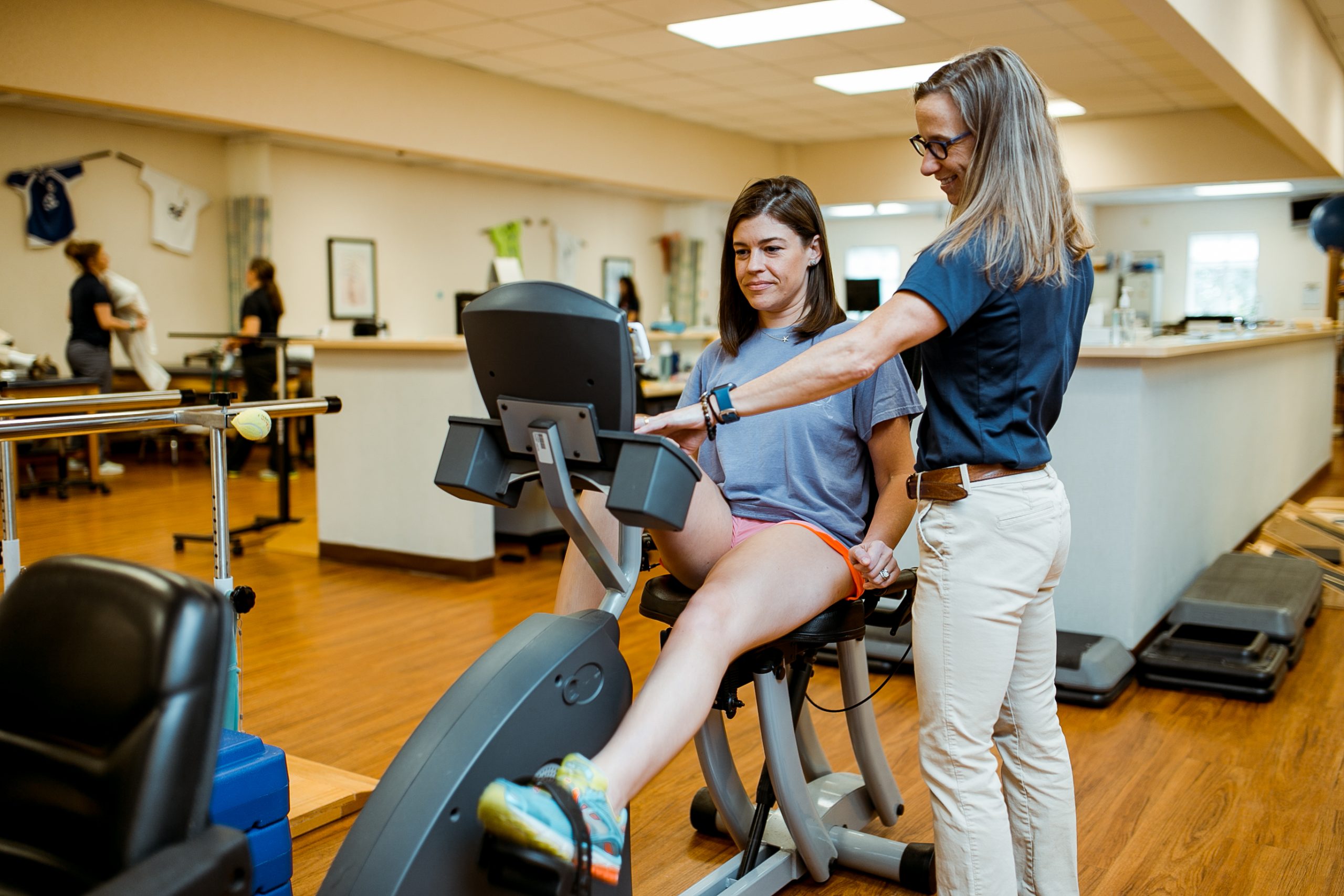Guaranteeing Participant Safety and Injury Reduction in Group Exercise Training
Wiki Article
Team exercise training classes are a popular way for individuals to improve their health and physical condition. These sessions often involve exercises like dance fitness, spin, stretching, and strength training, which can be enjoyable and inspiring. However, it is crucial to ensure the safety of participants during these classes to prevent harm. Trainers and facilitators play a key role in establishing a safe setting that promotes positive experiences for everyone involved.
To support participant well-being, instructors should begin by evaluating the physical capabilities of each person. This can be achieved through pre-session questionnaires or casual conversations. Understanding the needs and abilities of participants helps trainers adapt exercises to match different fitness stages. For example, modifications can be provided for novices or those with mobility restrictions. By offering alternatives, coaches encourage everyone to engage confidently while still being challenged.
Proper warm-up and post-exercise sequences are vital components of any group fitness session. Warming up before exercise prepares the physique by slowly increasing heart rate and enhancing circulation to muscles. This reduces the likelihood of muscle pulls and joint injuries during workouts. Likewise, gradual recovery helps the system transition back to a resting state, avoiding lightheadedness and promoting recovery. Coaches should consistently set aside time for these critical phases in every session they conduct.

In contribution to bodily protection, emotional health is also important in group exercise settings. Establishing a supportive environment where participants feel encouraged and inspired can significantly enhance their session. Instructors should foster positive communication by offering praise and constructive feedback throughout the class. This not only increases confidence but also helps participants stay involved and concentrated on their goals.
Finally, it is essential for instructors to remain updated on read proven methods for risk reduction and participant care. Ongoing training through resource workshops, certifications, and professional development keeps fitness professionals informed about innovative techniques and protective measures. By focusing on both physical and emotional well-being in team exercise training sessions, coaches can help clients achieve their health objectives while reducing the risk of harm. A secure and enjoyable setting leads to long-term positive effects on personal fitness paths.